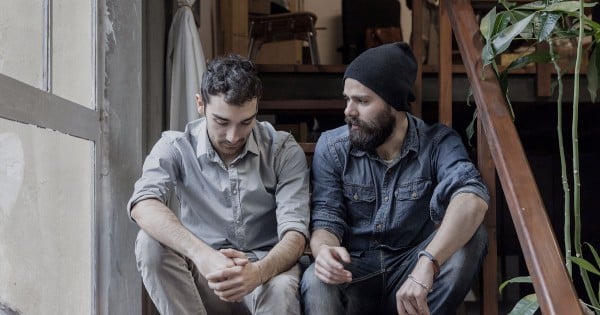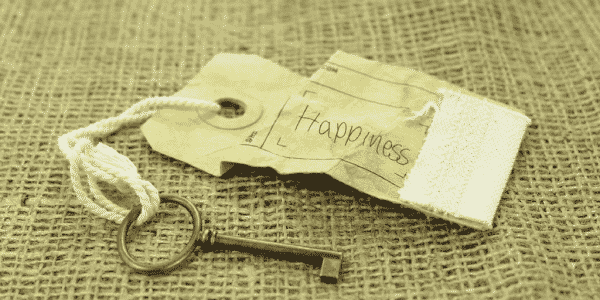How to Get More Done In One Day Than Most People Do In A Week!
Hey everyone, don’t you love my monkey hat? It’s seven in the morning…
I just got done driving my daughter to school and I just arrived back at the house to get everything else done for the day.
We’ve got a very packed day…
We’re also in the process of getting everything together for The Journey Training for a class called LAUNCH, which is a class on passion, potential, and purpose.
And we teach in there about time management. So I thought I’d give you guys some tips real quick on some time management stuff because this all applies.
1. Only Do What Only You Can Do
So the first thing on time management, for me, is only do what only you can do. Only spend your time doing what you can do.
Successful people, we can’t spend our time doing things that other people can do. I know sometimes we can do it better, but I encourage you to look for those around you who you can delegate to and have them do stuff. It’ll greatly make it to where you can get other things done.
2. Live By Your Calendar
The other thing is I live by my calendar and if you don’t use a calendar on a regular basis, then you’re already in trouble. Everything is on my calendar.
In fact, we put everything on my calendar so much that I will send out requests for people to meet and if they take half a day to get back with me, those times might already be gone because somebody called me. That’s happened more than once.
So I use a calendar. I live by the calendar. That helps me organize everything
3. Have A ‘Drop Dead Time’
The last thing I’m going to leave you guys with is I always have a drop-dead time. I’ve got so much stuff going on that my time
I always have a time that’s like, hey, no matter what we’re leaving. This morning was actually one of those times…
I was getting stuff together. I’m feeding my Lemur, you know, just getting all the different components together. And I looked at the clock and was like, Ooh, we gotta go! But my head was cold because I’m kinda getting bald so I grabbed the hat that’s nearest to me. I said, “Hey, this is going to have to work!”
So of course, you know, my daughter kind of teased me as I was leaving, but I got this nice little monkey hat! 🙂 I know you wish you had one! Woo!!
Okay. But those are some different tips on what success looks like to me and on time management.
LAUNCH Leadership Training
Our next class is coming up soon where we will go over how you can live your passion, how you will stretch you with your potential. And then we’ll come up with a purpose statement, or you will have a mission statement for you, whatever that looks like. If you want to take your leadership ability to the next level Click Here To Register.
So just like normal, if you’re not doing something today that someone’s going to remark about tomorrow, then you’re doing it wrong.
Get yourself your monkey hat and be on time today! Get it done! Rock the house!
Alright, I gotta go, we gotta go take all the animals everywhere. Got People going to be here in a few minutes. It’s gonna be awesome!
See Ya! Have a good day!








 However, just like those base-jumpers in the flying suits… (Google them!) we go where we look. Focus on the negative, and the present can become a very unpleasant place indeed.
However, just like those base-jumpers in the flying suits… (Google them!) we go where we look. Focus on the negative, and the present can become a very unpleasant place indeed.



